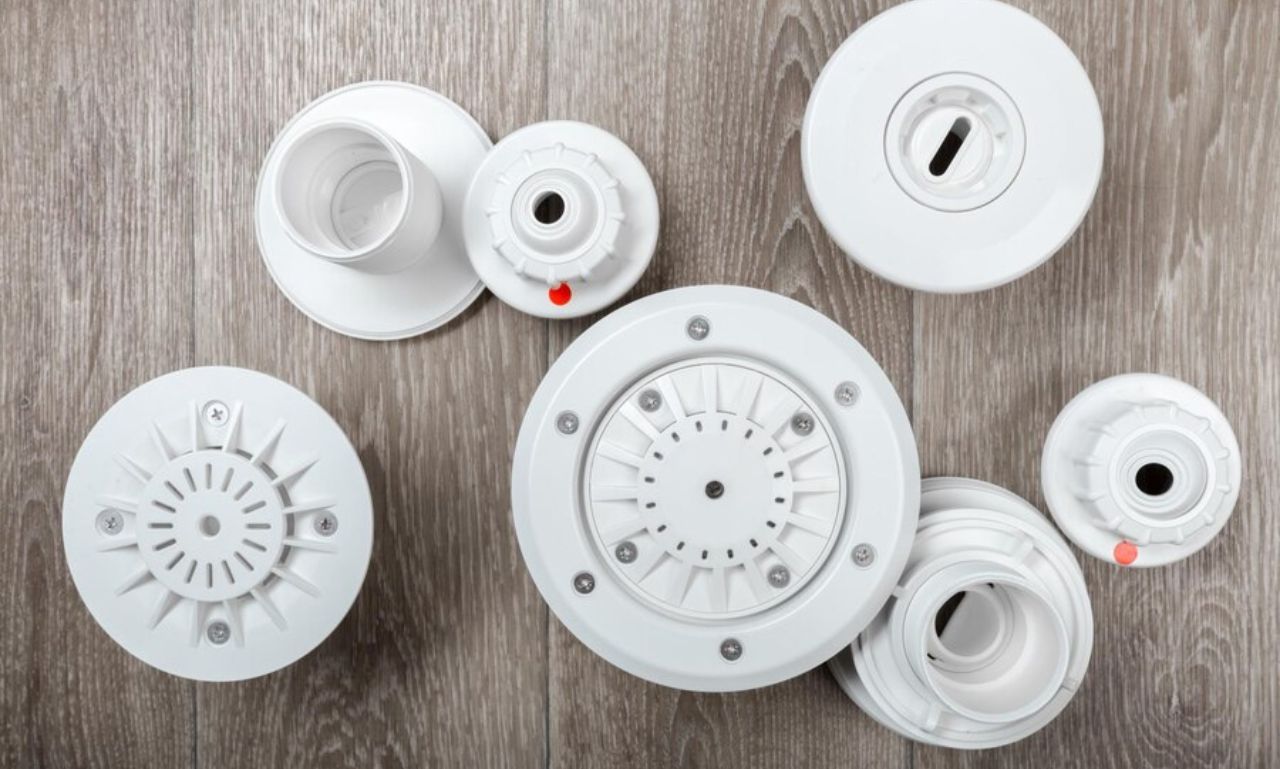1/4 heat element spools are a cornerstone in many heating applications, prized for their efficiency, durability, and adaptability. These spools are typically made of high-resistance wire like nichrome, designed to generate heat when an electrical current passes through them. Whether you’re a DIY enthusiast, a manufacturer, or an engineer, knowing the ins and outs of heat element spools can help you make informed decisions for your projects.
What Are 1/4 Heat Element Spools?
A 1/4 heat element spools refer to a spool of resistance wire with a 1/4-inch diameter (or an equivalent specification). These wires are engineered to convert electrical energy into heat efficiently. Commonly made from nichrome (a nickel-chromium alloy), they are designed to withstand high temperatures without degrading.
Key attributes include:
- High Electrical Resistance: Ensures efficient heat generation.
- Durability: Resistant to oxidation and corrosion at high temperatures.
- Versatility: Suitable for industrial, commercial, and DIY applications.
Uses of 1/4 Heat Element Spools
1. Industrial Heating
- Applications: Found in furnaces, kilns, and high-temperature ovens.
- Advantages: Capable of reaching and maintaining consistent high temperatures.
2. DIY and Repairs
- Applications: Used for custom heating elements in home projects or appliance repairs.
- Advantages: Cost-effective and customizable for unique applications.
3. Automotive and Aerospace
- Applications: Embedded in defrosting systems or engine components.
- Advantages: Lightweight and efficient for precise heat management.
4. Hobbyist Projects
- Applications: Create foam cutters, model-building tools, or art installations.
- Advantages: Accessible and easy to work with for creative purposes.
Advantages of Using 1/4 Heat Element Spools
1. Customization
Heat element spools allow you to cut the wire to specific lengths, tailoring the heating element to your needs.
2. Longevity
Nichrome and similar materials are built to endure repeated heating cycles without significant wear.
3. Energy Efficiency
These spools maximize heat production while minimizing energy consumption, making them an eco-friendly choice.
4. Cost-Effectiveness
Rather than replacing entire heating systems, you can use spools for targeted repairs, reducing expenses.
Choosing the Right 1/4 Heat Element Spool
Material Composition
- Nichrome (Nickel-Chromium): The most common option, offering high resistance and excellent durability.
- Kanthal (Iron-Chromium-Aluminum): An alternative for even higher temperature tolerance.
Resistance Rating
Measured in ohms, the resistance determines how much heat the wire will produce. Choose a rating that matches your application’s requirements.
Temperature Tolerance
Ensure the wire can handle the maximum operating temperature of your project or appliance.
Gauge and Diameter
The thickness of the wire impacts its flexibility and heat output. Verify compatibility with your application.
Length and Quantity
Select a spool size that provides enough wire for your project without excessive waste.
How to Use 1/4 Heat Element Spools
- Plan the Design:
Define the dimensions and specifications of your heating element, ensuring compatibility with your power source. - Cut the Wire:
Use wire cutters to trim the spool to the required length. - Shape the Element:
Form the wire into the desired shape (e.g., coils or loops) using pliers or mandrels. - Install Safely:
Secure the wire in your setup, ensuring proper insulation and spacing to prevent short circuits. - Test the System:
Run the heating element under controlled conditions to verify its performance and safety.
Maintenance Tips for Heat Element Spools
- Avoid Overloading:
Do not exceed the wire’s maximum voltage or current ratings to prevent burnout. - Clean Regularly:
Remove debris or oxidation from the wire’s surface to maintain efficiency. - Inspect for Wear:
Periodically check for signs of fraying, corrosion, or breaks. - Replace When Necessary:
Swap out worn sections of wire promptly to avoid system failures.
FAQs About 1/4 Heat Element Spools
What is a heat element spool used for?
Heat element spools are used to create heating elements in appliances, industrial equipment, and DIY projects.
Why is nichrome commonly used in heat element spools?
Nichrome offers high resistance, durability, and corrosion resistance, making it ideal for generating consistent heat.
How do I calculate the resistance of a 1/4 heat element spools?
Use the formula R=ρ×LAR = \rho \times \frac{L}{A}, where ρ\rho is the resistivity, LL is the wire’s length, and AA is its cross-sectional area.
Can I use heat element spools for high-temperature applications?
Yes, materials like nichrome and Kanthal are designed for high-temperature environments.
Do heat element spools come pre-insulated?
No, most spools are bare wire. You’ll need to use appropriate insulation during installation.
Are these spools safe to use at home?
When installed correctly with proper insulation and voltage control, they are safe for home projects.











yhja7r
s39419
0umz4t
2n568b
hvbuj1